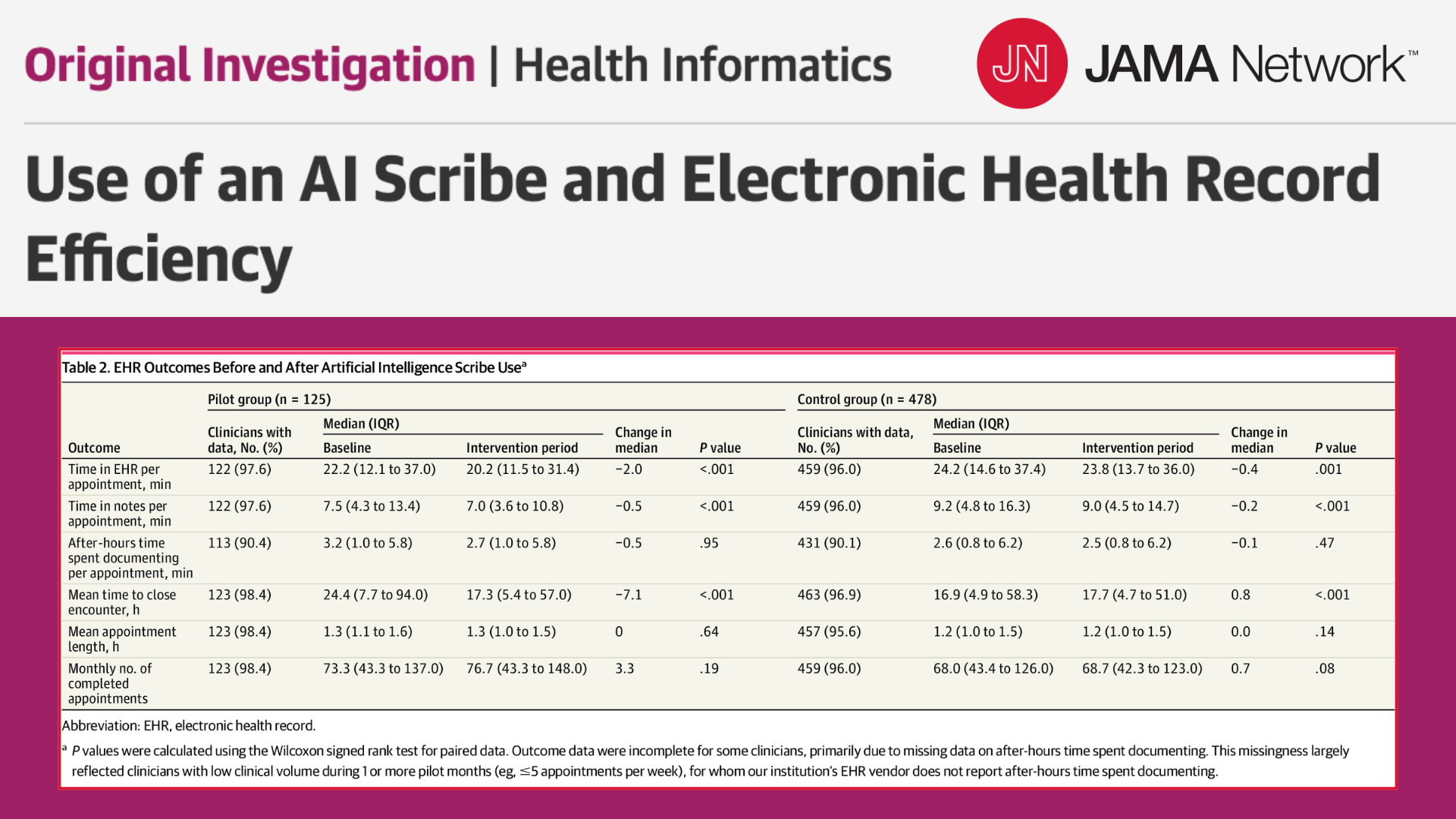On October 1, 2025, the waiver that had suspended the in-person visit requirement every 12 months for telebehavioral health expired. This change means CMS may return to enforcing the in-person requirement for telehealth visits under Medicare.
For physicians, clinicians, and providers, this makes it more critical than ever to understand how to document when an in-person visit would create an undue burden. This process has always been available and remains essential for protecting access to care.
The Reinstated CMS In-Person Requirement
Before the pandemic, CMS policy required an in-person visit for patients receiving mental health telehealth services, though clinicians and patients could determine the feasibility of that visit.
During the public health emergency, CMS issued a waiver that suspended the requirement, allowing patients to continue care fully through telehealth.
As of October 1, 2025, that waiver has ended, potentially meaning CMS has reinstated the in-person requirement. For many patients, this may present a significant challenge; particularly for those who lack reliable transportation, live on fixed incomes, have mobility issues, or reside in rural areas.
“A lot of my patients don’t drive, don’t have a car, and cannot afford to get into an office so will stop getting care.”
In these situations, it remains appropriate for providers to document when an in-person visit is not feasible due to undue burden.
Social Determinants of Health and Undue Burden Documentation
CMS recognizes that specific social determinants of health can create barriers that make in-person visits impractical. Providers can and should document these circumstances when they impact a patient’s ability to attend in person.
Examples include:
- Transportation Insecurity: Lack of a vehicle, no public transit, or reliance on others for transportation.
- Financial Hardship: Fixed incomes or inability to pay for travel or missed work.
- Mobility and Health Limitations: Chronic illness, disability, or frailty that makes travel unsafe.
- Geographic Barriers: Distance from providers in rural or underserved areas.
To strengthen documentation, clinicians may use ICD-10-CM “Z codes” such as:
- Z59.82 – Transportation insecurity
- Z59.89 – Other problems related to housing and economic circumstances
- Z75.3 – Unavailability and inaccessibility of health-care facilities
Including these codes in the record supports compliance and shows why an exemption from the in-person requirement is clinically justified.
How PMHScribe Supports Providers
At PMHScribe, we recognize the additional documentation requirements this policy imposes. That’s why our platform includes tools to simplify the process:
- Automated Note Generation
- After your patient encounter, PMHScribe generates a complete psychiatric or counseling note directly from the session transcript.
- Specialty Notes for Medicare Telehealth In-Person Exemption
- If you and your patient determine that an in-person visit would create an undue burden, you can document it immediately. After your note is generated, click Specialty Notes → In-Person Exemption (Medicare Telehealth) for step-by-step assistance.
- Integrated SDOH Coding
- PMHScribe makes it easy to include the appropriate SDOH codes in your notes, ensuring your documentation is accurate, compliant, and patient-centered.
Final Thoughts
With the expiration of the waiver, the in-person requirement for telehealth is once again in effect. However, documenting undue burden has always been an option when travel to the office is not feasible.
By capturing these details clearly, and using SDOH codes when appropriate, providers can support their patients’ continued access to telehealth.
With PMHScribe’s In-Person Exemption tools, this process is streamlined, helping clinicians meet requirements without adding unnecessary administrative burden.
✅ Support your patients and simplify compliance. PMHScribe




